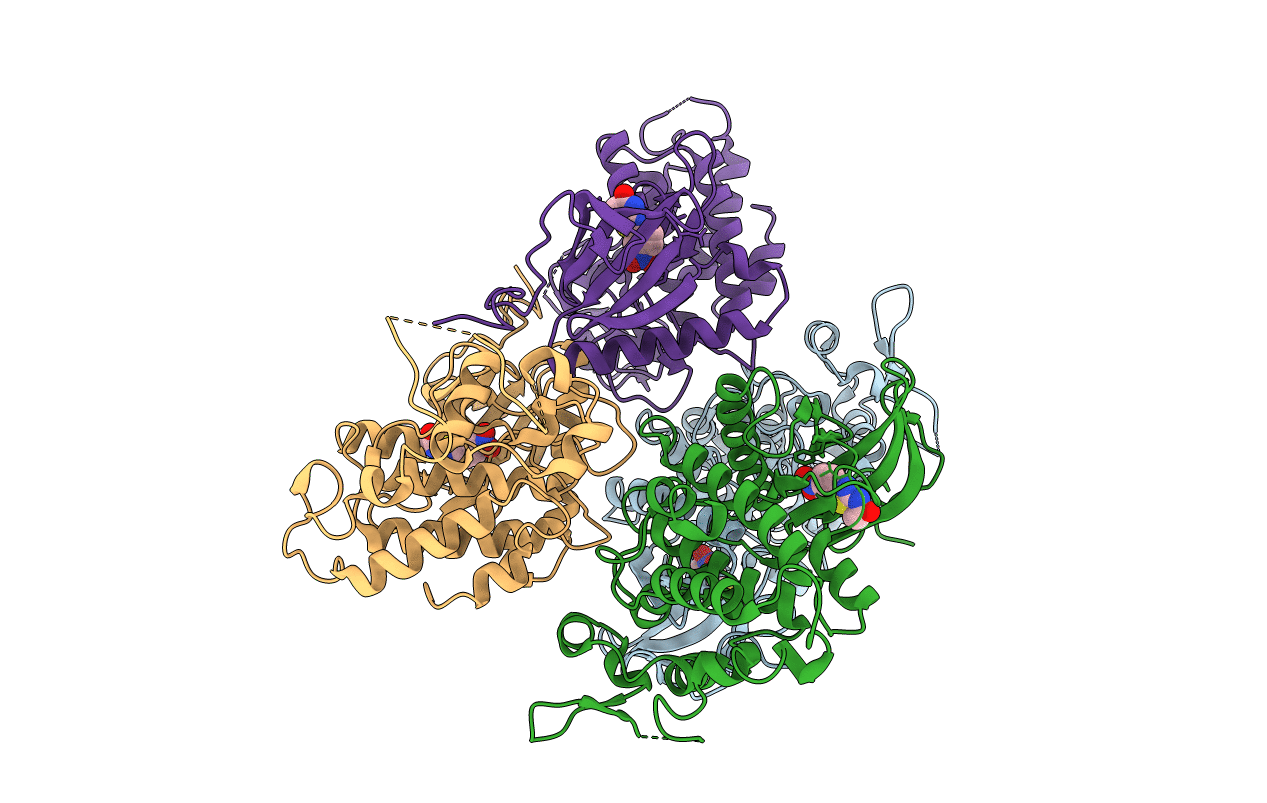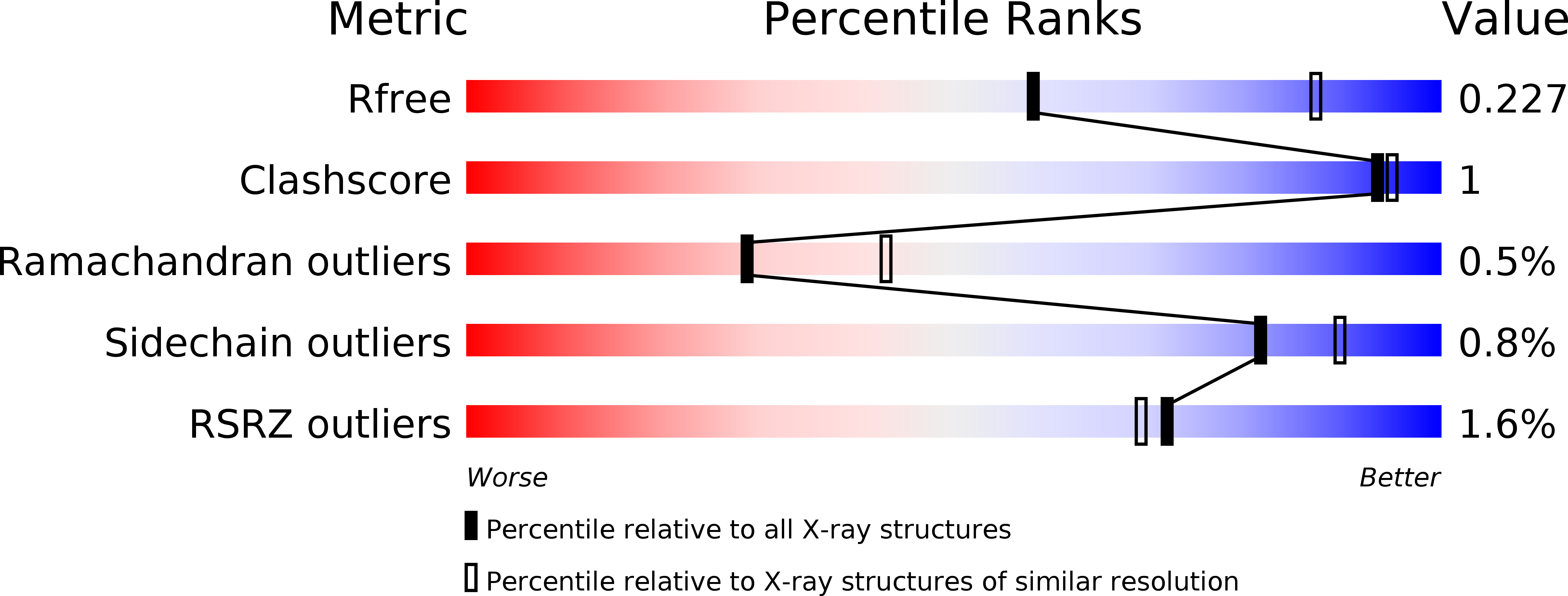
Deposition Date
2015-06-16
Release Date
2016-06-29
Last Version Date
2024-10-09
Method Details:
Experimental Method:
Resolution:
2.63 Å
R-Value Free:
0.25
R-Value Work:
0.22
R-Value Observed:
0.22
Space Group:
P 21 21 21


